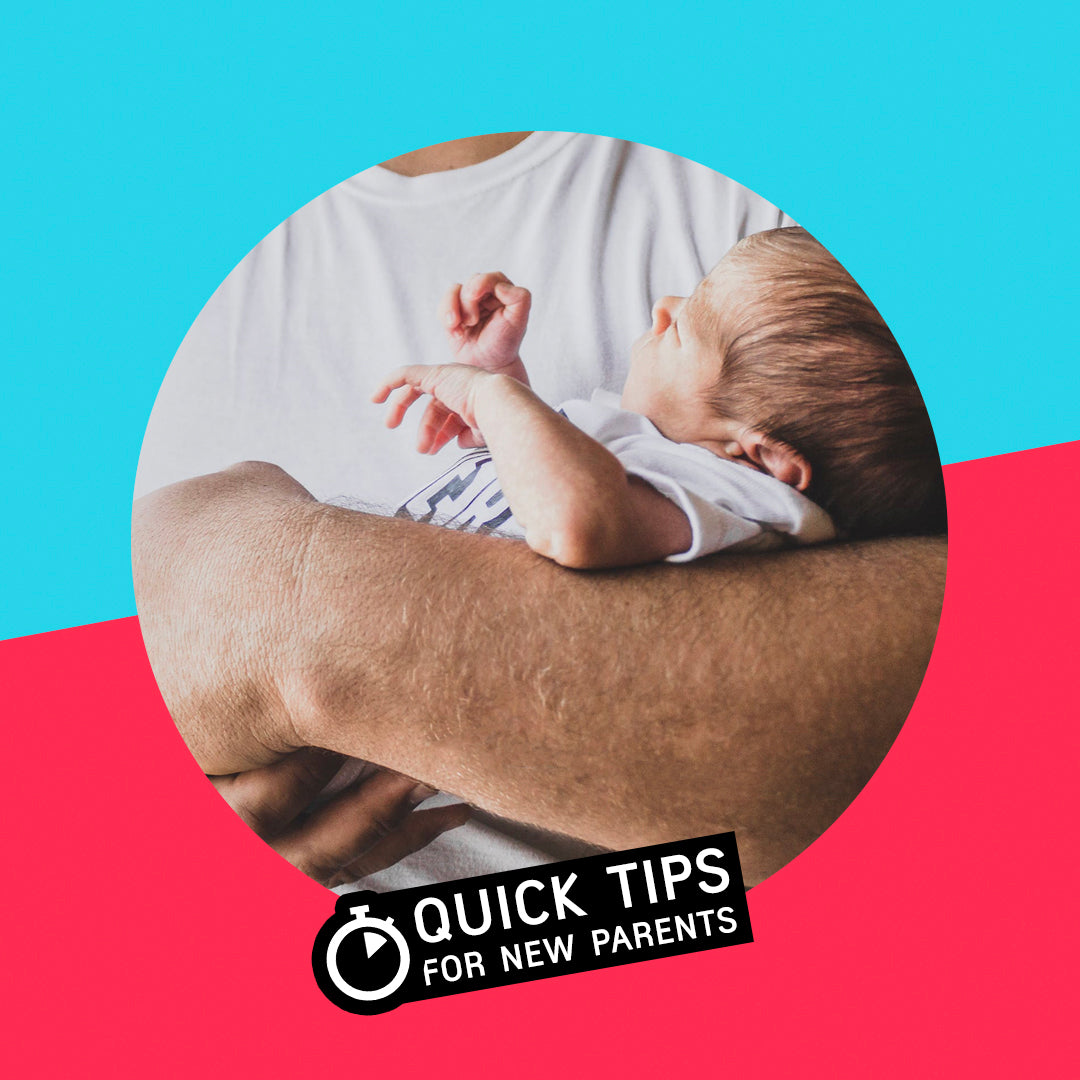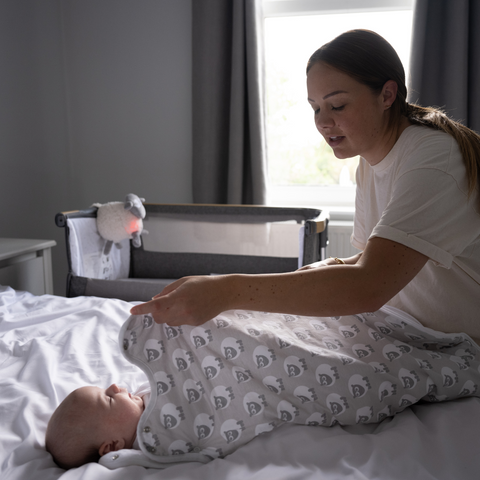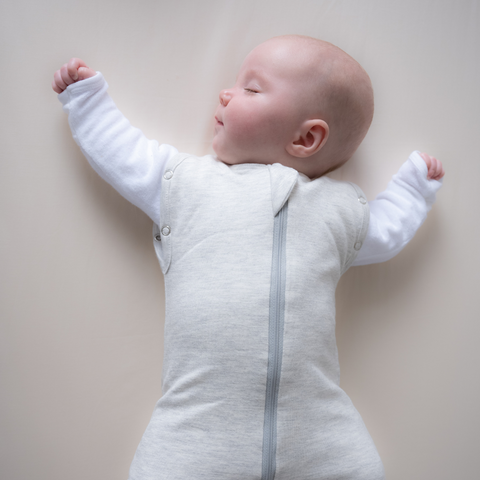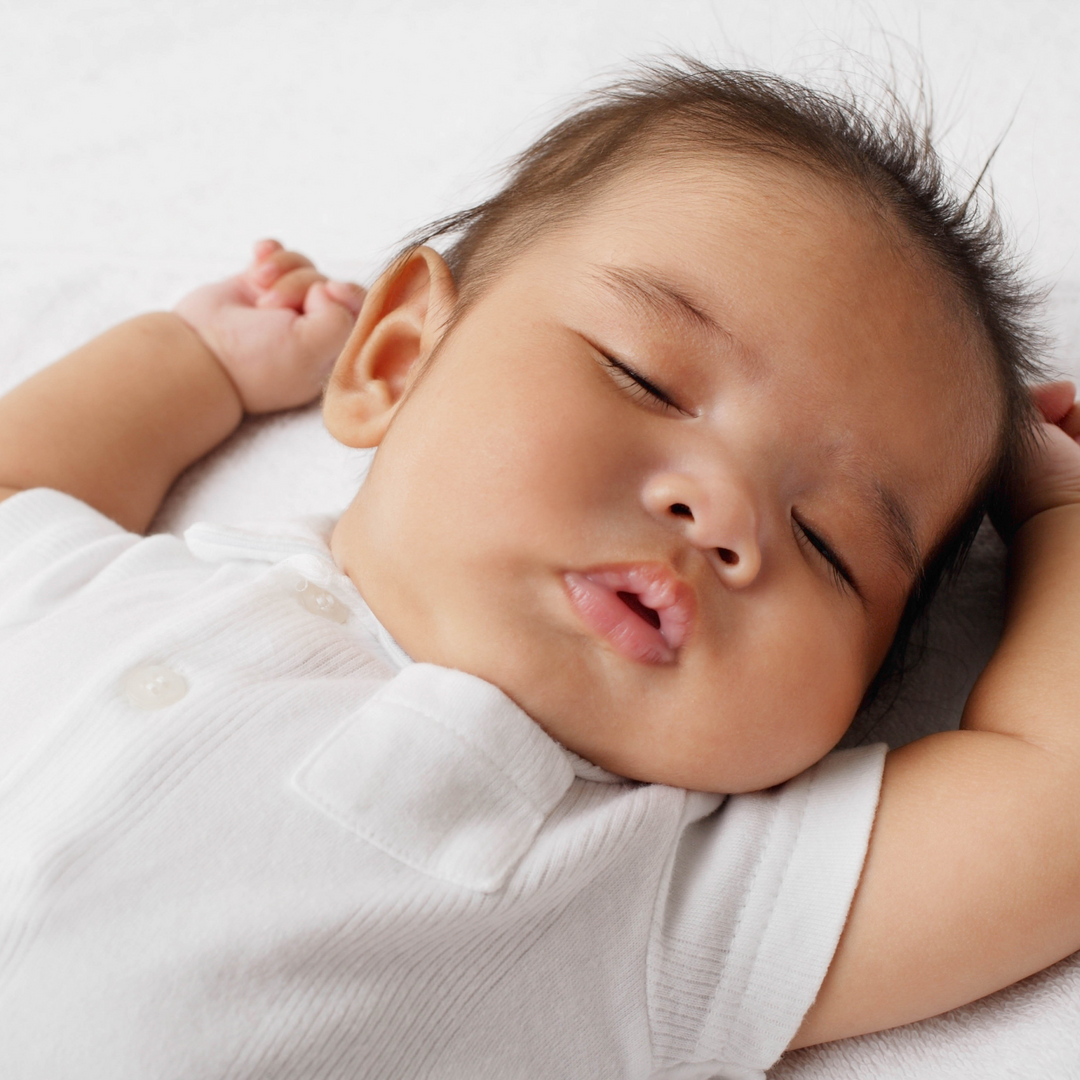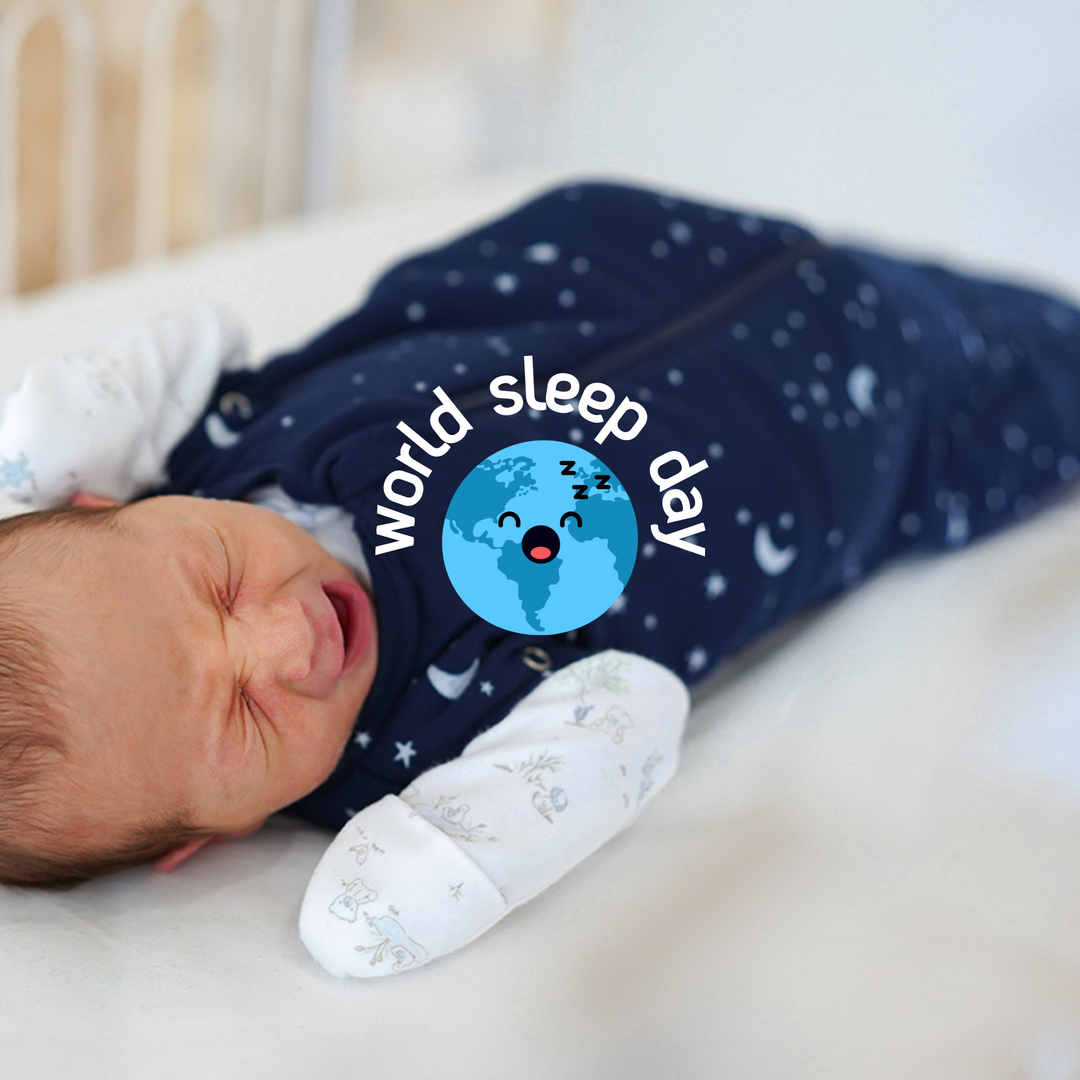The Answer In brief:
A viewer asked:
"What age can my baby use a sleeping bag?"
We advised:
Most manufacturers will recommend that a sleeping bag is used when a baby reaches a certain height and weight rather than age.
*Check label and packaging for guidance.
On this 0-6 month sleeping bag you can see here it's from 4kgs/8.8lbs.
You can get newborn sleeping bags with a weight of 3-6kgs.
*Your baby must meet the minimum weight before use.
Always make sure your sleeping bag is well-fitted on the neck and arms so that they can't wriggle down inside.
The Answer In detail:
Welcoming a new baby into the family brings joy, excitement, and a multitude of decisions for parents to make. One important consideration is choosing the right sleepwear, with sleeping bags being a popular choice for their comfort and safety features. However, the question of when a baby can use a sleeping bag often arises, and the answer goes beyond age. In this comprehensive guide, we'll explore the factors to consider, from weight and height recommendations to ensuring a snug fit for a secure and restful night's sleep.
Understanding Sleeping Bag Recommendations
Contrary to the conventional emphasis on age-related milestones, most manufacturers recommend the use of a sleeping bag based on a baby's height and weight. This approach acknowledges the unique growth trajectories of infants and ensures a more accurate fit for optimal safety and comfort.
Key Considerations
-
Check Label and Packaging: The first step in determining when your baby can use a sleeping bag is to check the label and packaging of the specific product. Manufacturers provide clear guidelines regarding the recommended height and weight range for their sleeping bags. These guidelines serve as a reliable reference for choosing an appropriate size.
-
Weight Specifications: For example, a 0-6 month sleeping bag might indicate a weight range of 3-6kgs (approximately 6.6-13.2lbs). This means that your baby must meet the minimum weight requirement (in this case, 3kgs) before using the sleeping bag.
-
Safety First: Prioritise your baby's safety by strictly adhering to the weight guidelines. Using a sleeping bag that is too large for your baby increases the risk of them slipping down inside, posing potential safety concerns.
-
Fitting Recommendations: Always ensure that the sleeping bag is well-fitted around your baby's neck and arms. A proper fit prevents the baby from wriggling down inside the bag, maintaining a secure sleep environment.
Choosing the Right Sleeping Bag
As you navigate the market for sleeping bags, consider the following tips:
-
Weight and Height Range: Select a sleeping bag that aligns with your baby's current weight and height. Ensure that the product provides ample room for movement while maintaining a snug fit.
-
Seasonal Considerations: Opt for sleeping bags with varying tog ratings to accommodate different seasons. Lower tog ratings are suitable for warmer months, while higher tog ratings offer warmth during colder weather.
-
Quality and Materials: Choose a sleeping bag made from breathable and hypoallergenic materials. Quality construction and easy-to-use zippers contribute to a comfortable sleep experience.
-
Ease of Cleaning: Babies can be messy, so choose a sleeping bag that is easy to clean. Look for products that are machine washable and quick-drying for added convenience.
The age at which your baby can use a sleeping bag is intricately tied to their weight and height. By carefully checking the label and packaging for specific guidelines, ensuring a proper fit, and prioritising safety features, you can provide your little one with a cozy and secure sleep environment. As your baby grows, periodically reassess their sleeping bag size to maintain optimal comfort and safety.




